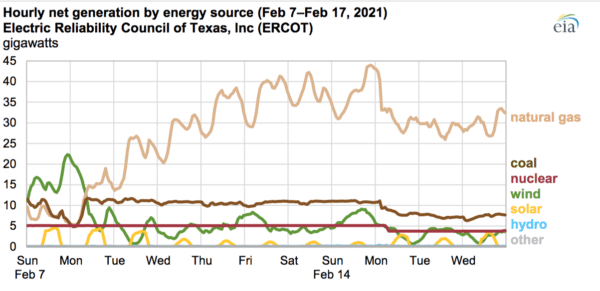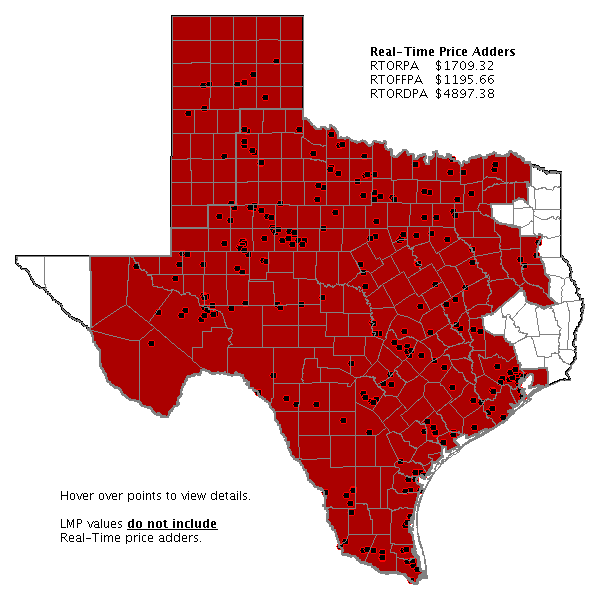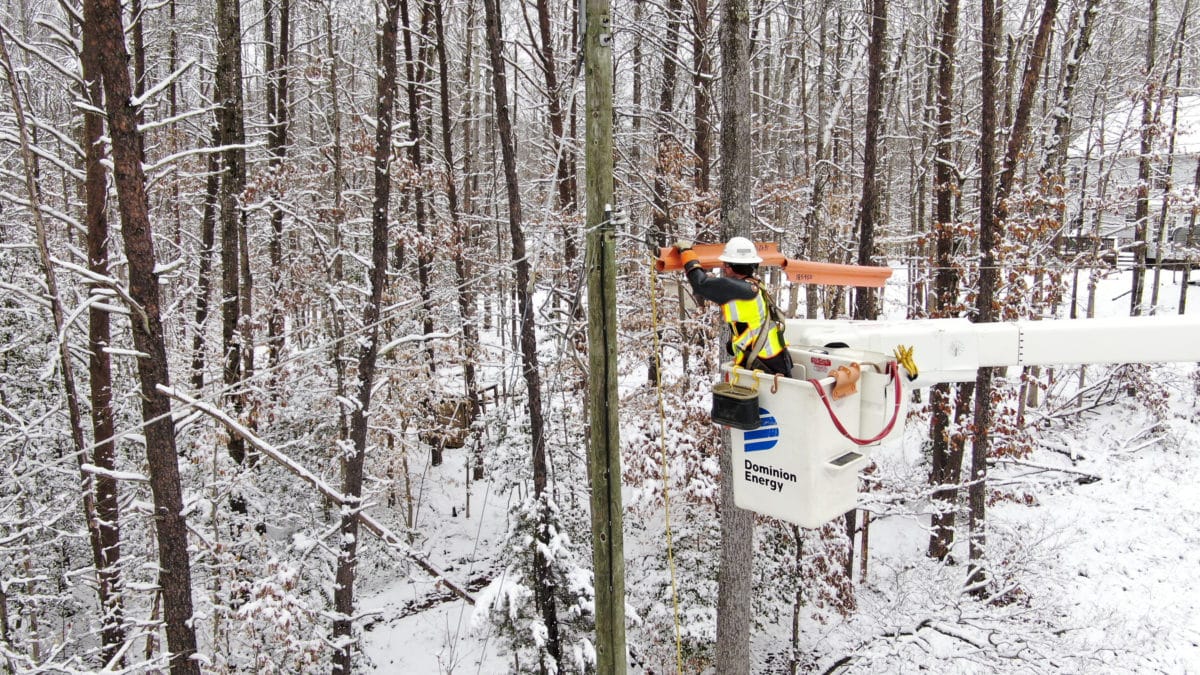The head of the Electric Power Research Institute (EPRI) said that climate change is prompting some grid operators to look at system planning and generators in a new way to better account for extreme weather-readiness.
Grid planning processes typically fail to consider extreme climate scenarios that a resilient grid needs to handle going forward, said EPRI President and CEO, Dr. Arshad Mansoor. “Traditional planning processes do not represent how resources actually perform under extreme conditions.”

That became clear this week as parts of the bulk power system faced challenges as winter storms moved through the U.S., impacting reliability in the Midcontinent Independent System Operator (MISO), Southwest Power Pool (SPP), and Electric Reliability Council of Texas (ERCOT) regions, in addition to millions of electricity customers in northern Mexico. Storms also led to outages along the East Coast, including areas served by Dominion Energy-Virginia.
ERCOT was particularly hard hit as tens of thousands of megawatts of thermal and renewable generating resources were unavailable even as demand for energy soared and temperatures plunged. Some customers lost power for days. And even as electric service was restored late in the week other problems arose, including water supply issues as water treatment plants were disabled across the state.
“Extreme weather events have adversely impacted all generation types, some more than others, relative to the output that was expected in the ERCOT resource adequacy planning,” Mansoor said.

Extreme weather events and limitations on natural gas availability are occurring more frequently, EPRI said in a statement. And weather is causing “significant changes” in the correlated output of variable energy resources like solar and wind.
The week’s headline-making power woes coincided with the release of a report from EPRI that categorizes and reviews the sources of supply disruption, including extreme weather events, cyber/physical risks, and fuel supply constraints. The report addresses what its authors described as a “critical gap in current metrics and approaches” that do not focus on the impact on multiple resources of “common mode events” that are often weather-related and that can cause significant disruptions in supply.
The report said that the electric industry “systematically understates” the probability and depth of many high-impact common mode events. It said that extreme weather events are rising in frequency, intensity, geographic scope, and duration; that the impact of weather is non-linear and rising much faster than frequency; and that a 10-year historical calculation of extreme event probability “understates the likelihood of an extreme event in a changing climate.”

Because renewable resource availability and output are closely tied with weather, the report said that other resources are required to rapidly respond to significant changes in renewable energy production. Natural gas is often viewed as one such resources. The report warned, however, that although natural gas-based generation is generally assumed to be an “available resource,” operational and regulatory issues can and do lead to that capacity being unavailable.
The EPRI report said that interaction between the natural gas and electric power markets needs to be restructured to remove the operational inefficiency that exists today due to the “nonalignment of the daily and longer market cycles” of the two industries. This recommendation echoes the findings of a task force assembled a decade ago to look into a similar February storm that froze gas supplies and disrupted electric power generation across ERCOT.
The report also called for “broader interconnection” with other systems through new transmission as a way to increase access to diverse resources and fuel supplies. It said that such interconnection is a “critical piece of a resilient grid” that can accommodate more low-carbon resources.
That may be tough for ERCOT to swallow. For decades the grid that serves 90% of Texas has lacked robust ties with neighboring grids. The separation was by design, in part as a way to keep federal power regulators out of the state. Agencies like the Federal Energy Regulatory Commission have no jurisdiction over the state’s grid.
Meanwhile, MISO and SPP last fall kicked off a year-long collaboration designed to identify transmission projects that offer comprehensive, cost effective, and efficient upgrades. Both grid operators said they want to solve historical challenges facing generation interconnection customers in areas where their boundaries connect, also known as seams.
This content is protected by copyright and may not be reused. If you want to cooperate with us and would like to reuse some of our content, please contact: editors@pv-magazine.com.









This is a perfect case study to prepare for weather like this in the future. Texas was not prepared for this type of snow and it shows. Solar + Battery Storage would make a huge impact on not only the home owners side, but also on the commercial side.